Once-esoteric physics will underlie sensor revolutions in medicine, tech, and engineering.


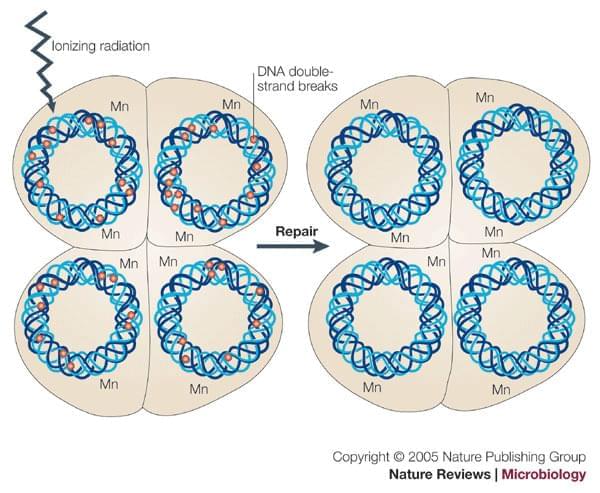
Circa 2005 Bacteria that is resistant to radiation could lead to better radiation resistance in humans.
Relatively little is known about the biochemical basis of the capacity of Deinococcus radiodurans to endure the genetic insult that results from exposure to ionizing radiation and can include hundreds of DNA double-strand breaks. However, recent reports indicate that this species compensates for extensive DNA damage through adaptations that allow cells to avoid the potentially detrimental effects of DNA strand breaks. It seems that D. radiodurans uses mechanisms that limit DNA degradation and that restrict the diffusion of DNA fragments that are produced following irradiation, to preserve genetic integrity. These mechanisms also increase the efficiency of the DNA-repair proteins.
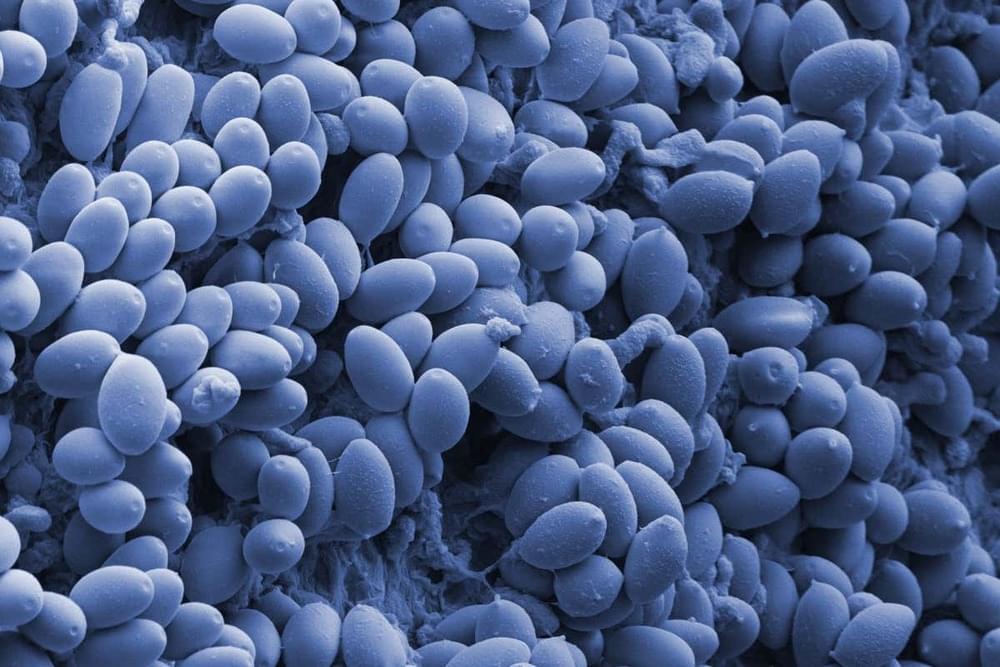
Psilocybin, the psychedelic compound in magic mushrooms, may help people with alcohol dependencies abstain from drinking. Nearly half of those who took the drug as part of a 12-week therapy programme no longer drank more than eight months later, according to results from the largest trial to date on psilocybin and addiction.
Michael Bogenschutz at NYU Langone Health in New York and his colleagues recruited 95 adults who were diagnosed with alcohol dependence. None of the participants had any major psychiatric conditions or had used psychedelics in the past year.
Everyone in the group went through a 12-week therapy programme. Most weeks, they had a roughly 1-hour long session with a therapist and a psychiatrist where they received cognitive behavioural therapy for alcohol use disorder.
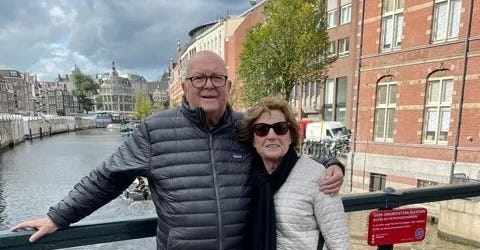
Axolotls Can Regenerate Their Own Brains: New research maps out the different cell types hoping to pave the way to regenerative medicine!
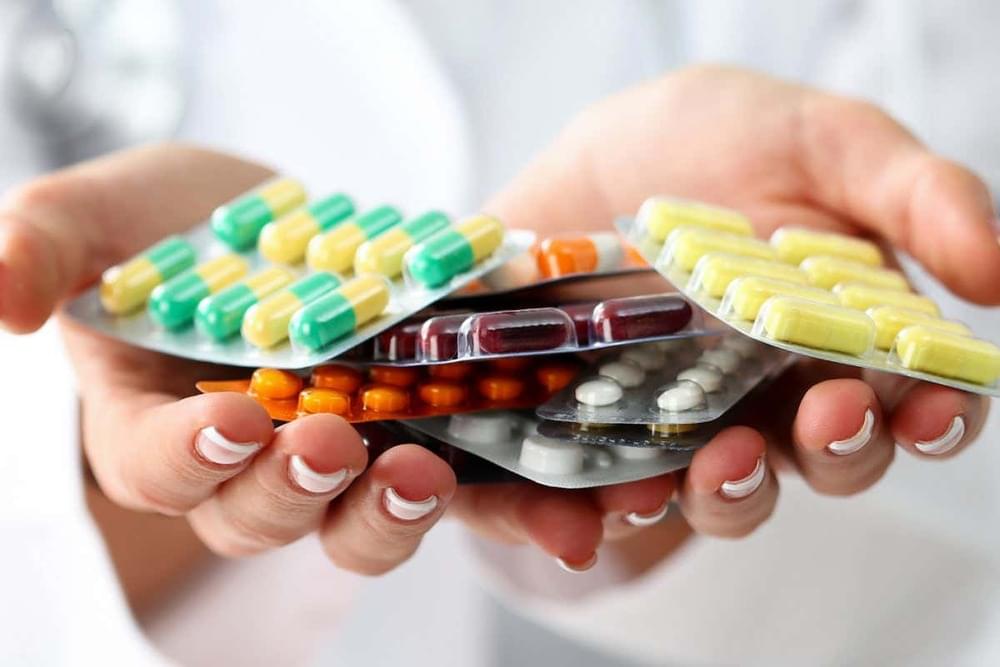

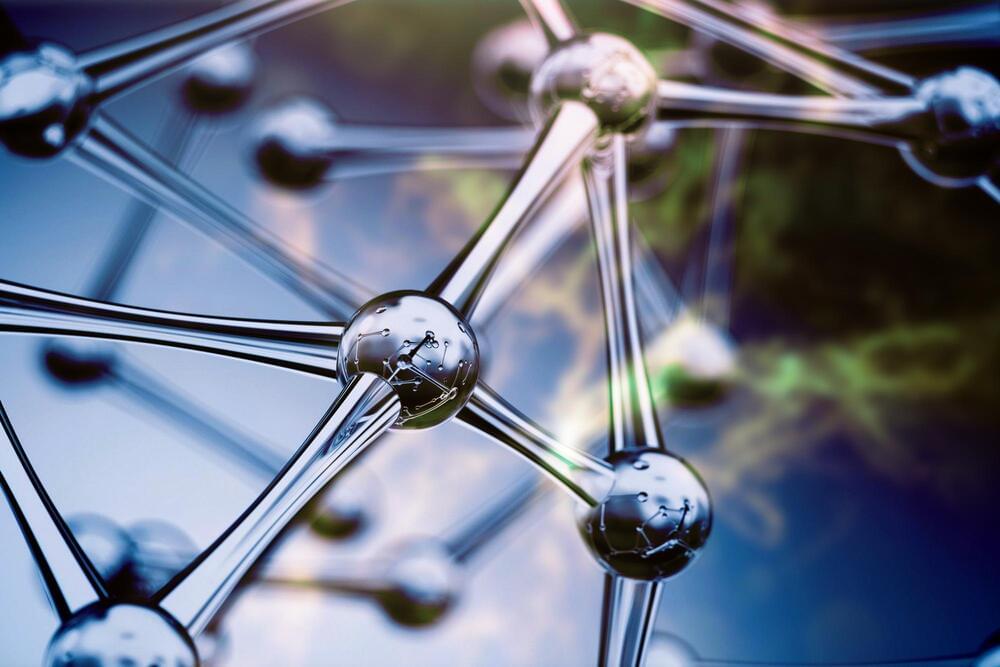
O.o!!!
According to recent research, the protein CHIP can control the insulin receptor more effectively while acting alone than when in a paired state. In cellular stress situations, CHIP often appears as a homodimer – an association of two identical proteins – and mainly functions to destroy misfolded and defective proteins. CHIP thus cleanses the cell. In order to do this, CHIP works with helper proteins to bind a chain of the small protein ubiquitin to misfolded proteins.
As a result, the cell detects and gets rid of defective proteins. Furthermore, CHIP controls insulin receptor signal transduction. CHIP binds to the receptor and degrades it, preventing the activation of life-extending gene products.
Researchers from the University of Cologne have now shown via tests using human cells and the nematode Caenorhabditis elegans that CHIP can also label itself with ubiquitin, preventing the formation of its dimer. The CHIP monomer regulates insulin signaling more effectively than the CHIP dimer. The research was conducted by the University of Cologne’s Cluster of Excellence for Cellular Stress Responses in Aging-Associated Diseases (CECAD) and was recently published in the journal Molecular Cell.
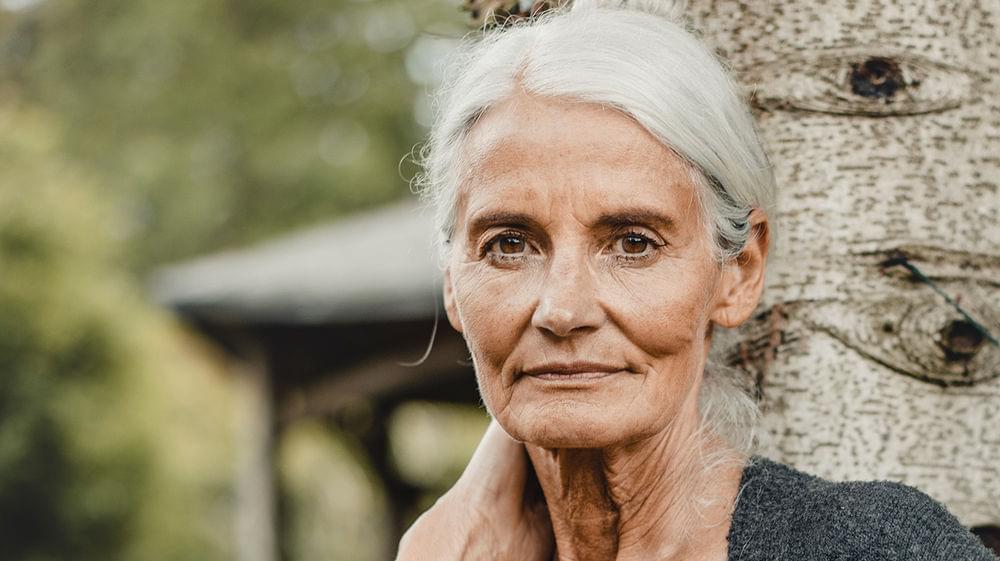
Researched and Written by Leila Battison.
Narrated and Edited by David Kelly.
Script Edited by Pete Kelly.
Art by Khail Kupsky.
Thumbnail Art by Ettore Mazza.
If you like our videos, check out Leila’s youtube channel:
https://www.youtube.com/channel/UCXIk7euOGq6jkptjTzEz5kQ
References for the video:
https://archive.org/details/molecularorigins0000brac/page/2/mode/2up https://www.springer.com/cda/content/document/cda_downloaddo…p173822459 https://www.wired.com/2014/06/fantastically-wrong-how-to-gro…-are-wrong https://penelope.uchicago.edu/Thayer/E/Journals/TAPA/51/Spontaneous_Generation*.html#note52 https://www.ncbi.nlm.nih.gov/pmc/articles/PMC2926753/
Thanks to: